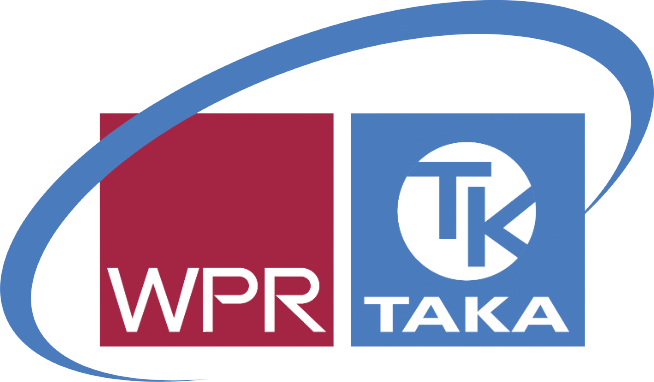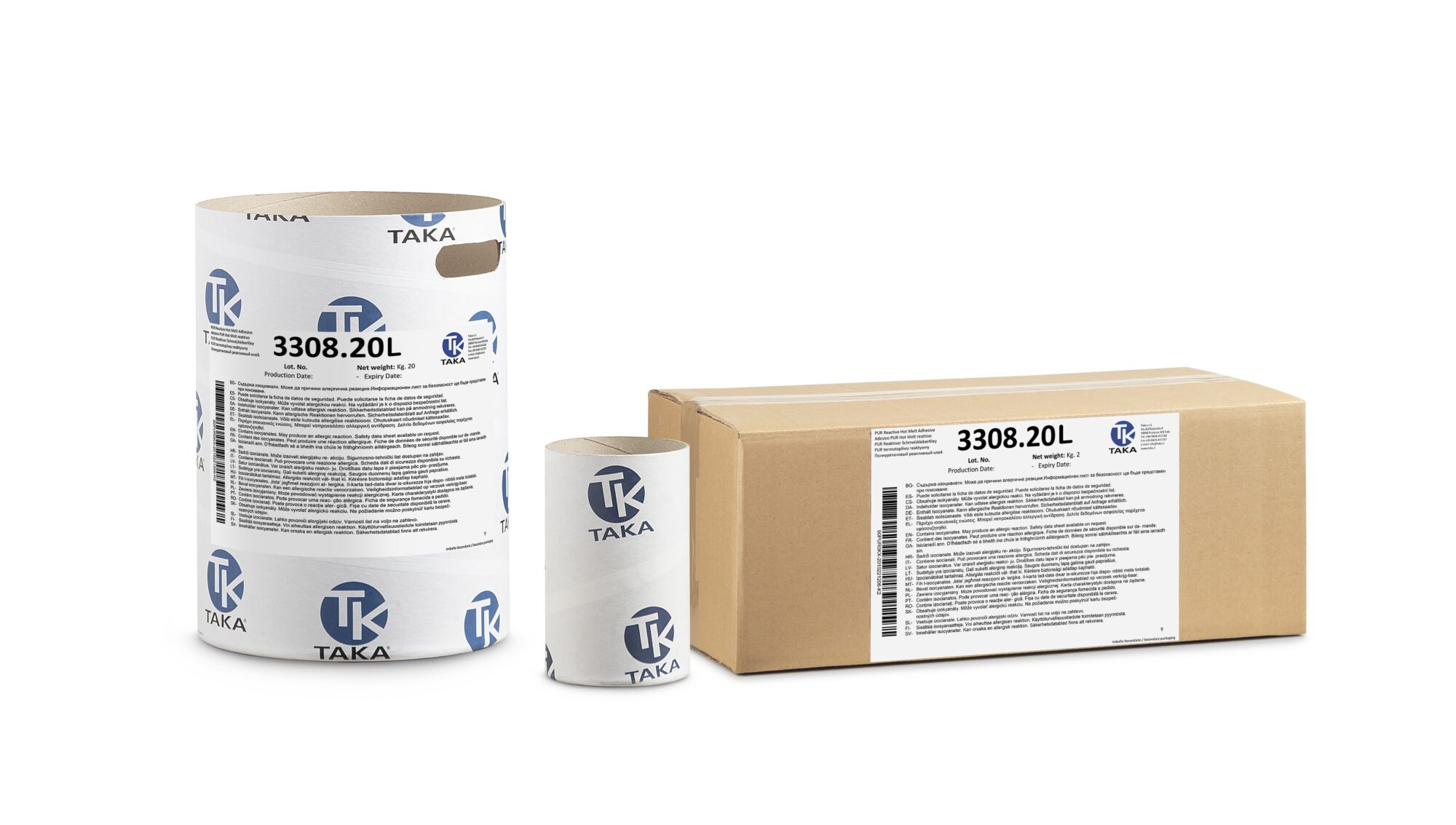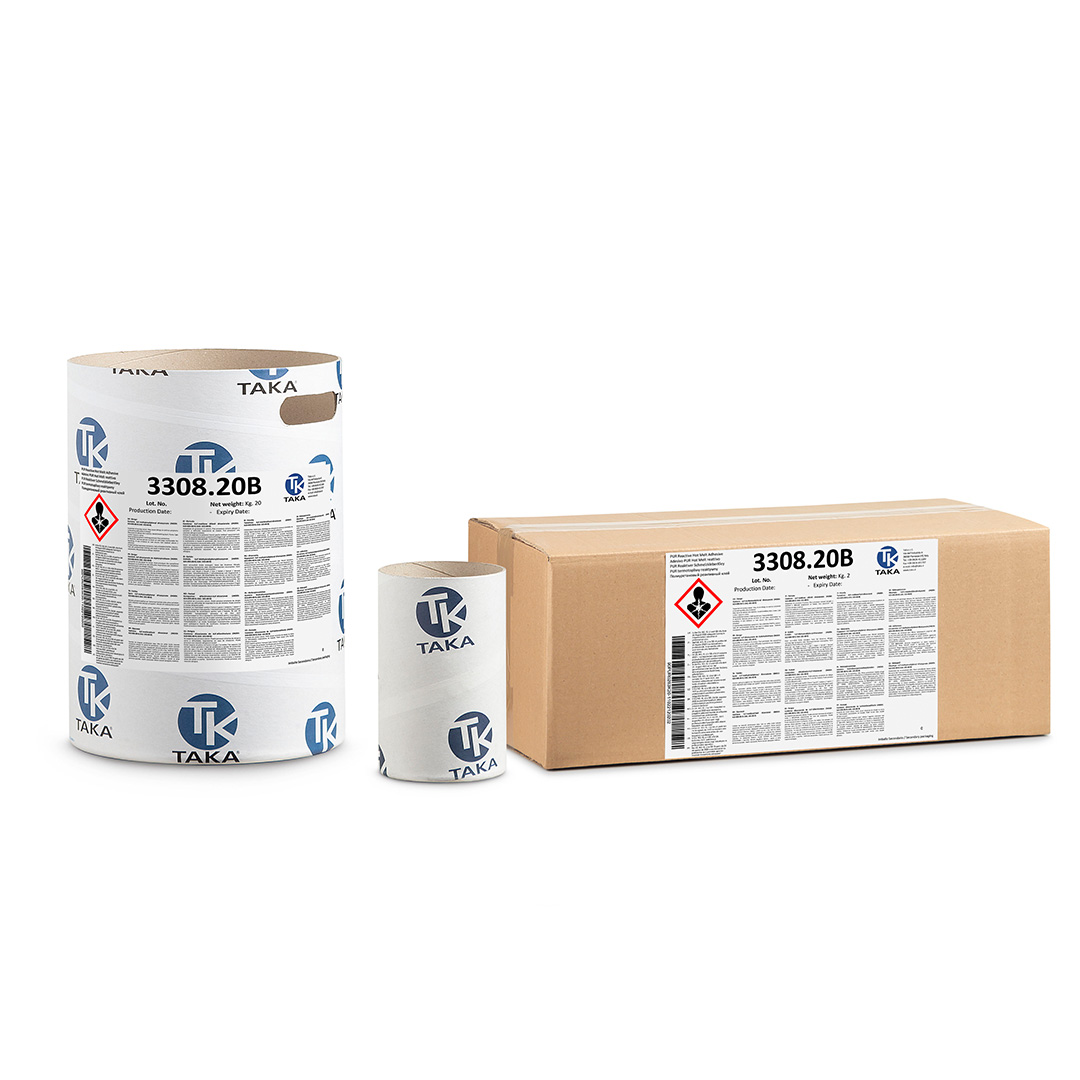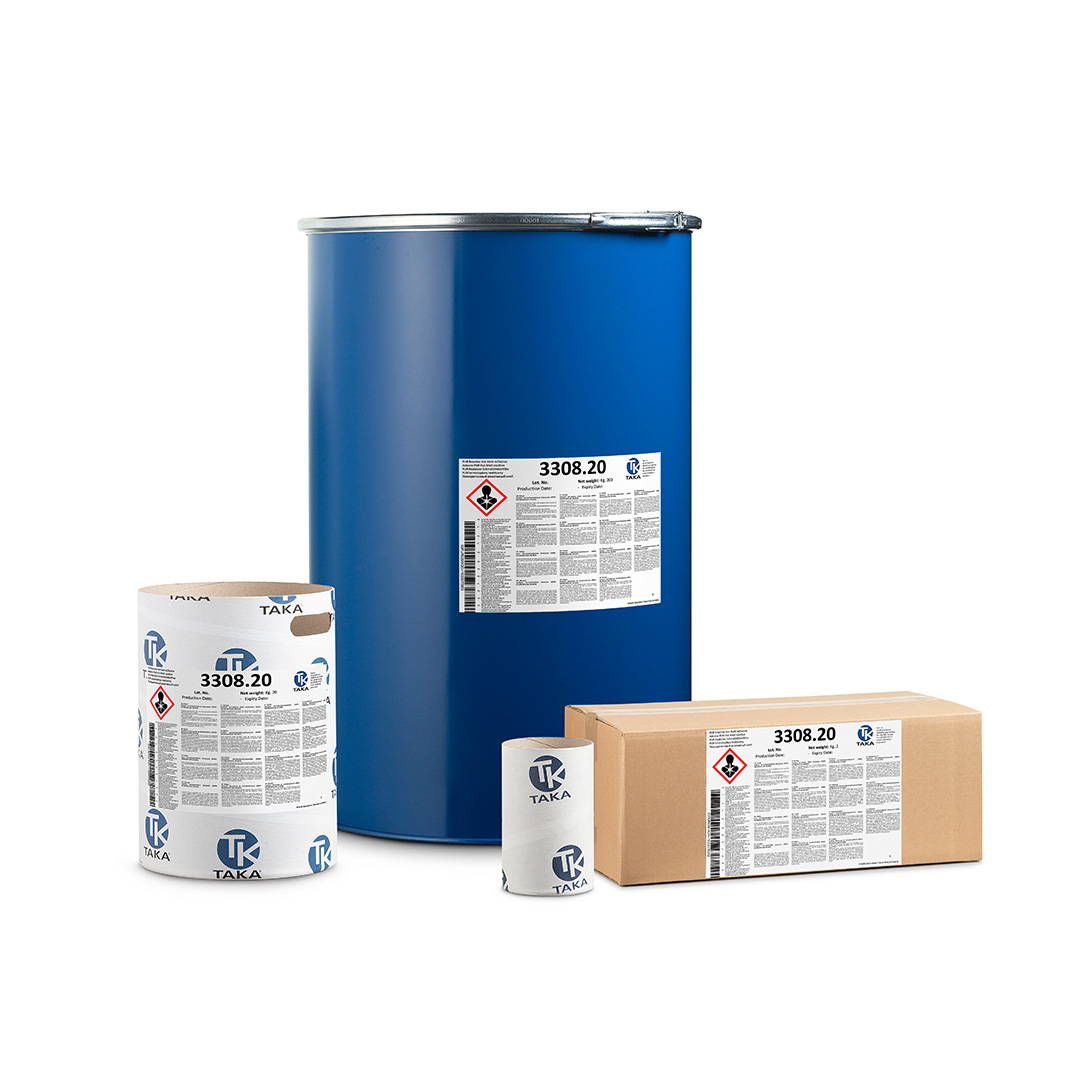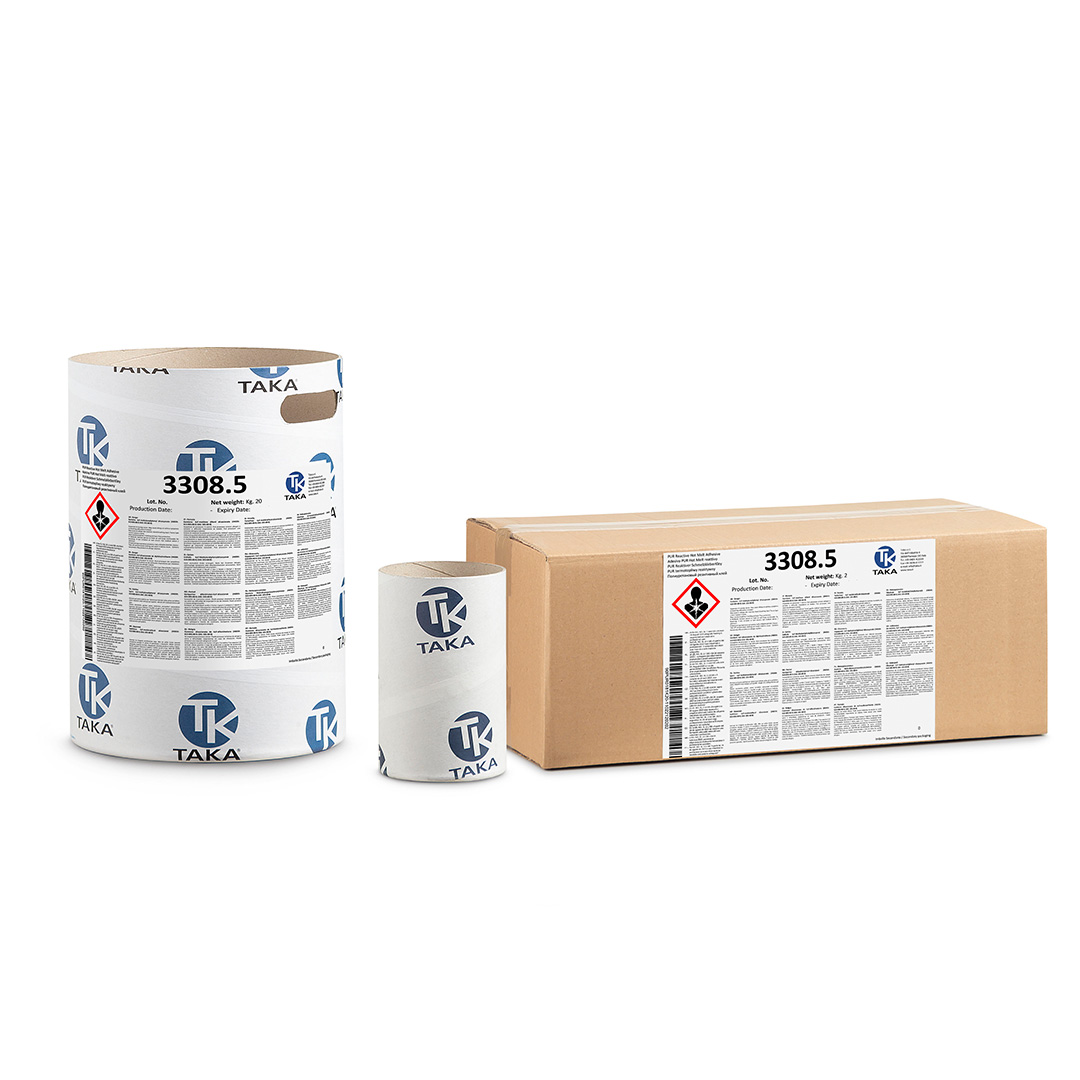Hot melt adhesives for Adhesives for edge banding
Main features
Edgebandings for panels and tables
Use of the most common plastic edges (PVC, PP, ABS, Melamine)
as well as aluminium and veneer
High temperature and vapour resistance
Edge bonding or edge banding is an important work step in the production of boards and panels for the manufacture of furniture or furniture elements and door panels. In order to achieve durable and high-quality edge bonding, PUR adhesives are usually used, which have a particularly high resistance to extreme temperatures but also to water (vapour) and solvents. Other hot-melt adhesives, such as those based on ethylene vinyl acetate (EVA) or polyolefin hot-melt adhesives, only have a purely physical strength structure, whereas PUR adhesives undergo chemical cross-linking with the water molecules in the air. This represents an irreversible bonding process that thus meets special requirements in terms of strength, water and heat resistance as well as chemical resistance. In addition, reactive PUR hotmelt adhesives have a wide adhesion spectrum that allows them to form strong chemical bonds with the surfaces of a wide variety of materials. For edge banding, all common plastic edges (PVC, PP, ABS, melamine) as well as veneer but also aluminium strips can be bonded. PUR adhesives for edge banding are available in various packaging sizes. From small containers with PUR in granulate form for carpenters and joiners as well as craftsmen’s workshops and furniture manufacturers who work with mobile edge banding devices or simple edge banding machines, to 2kg adhesive candles and 20kg slugs or 200kg drums for industrial mass production with special melting systems. All reactive PUR adhesives are delivered in airtight protective packaging to prevent premature cross-linking.
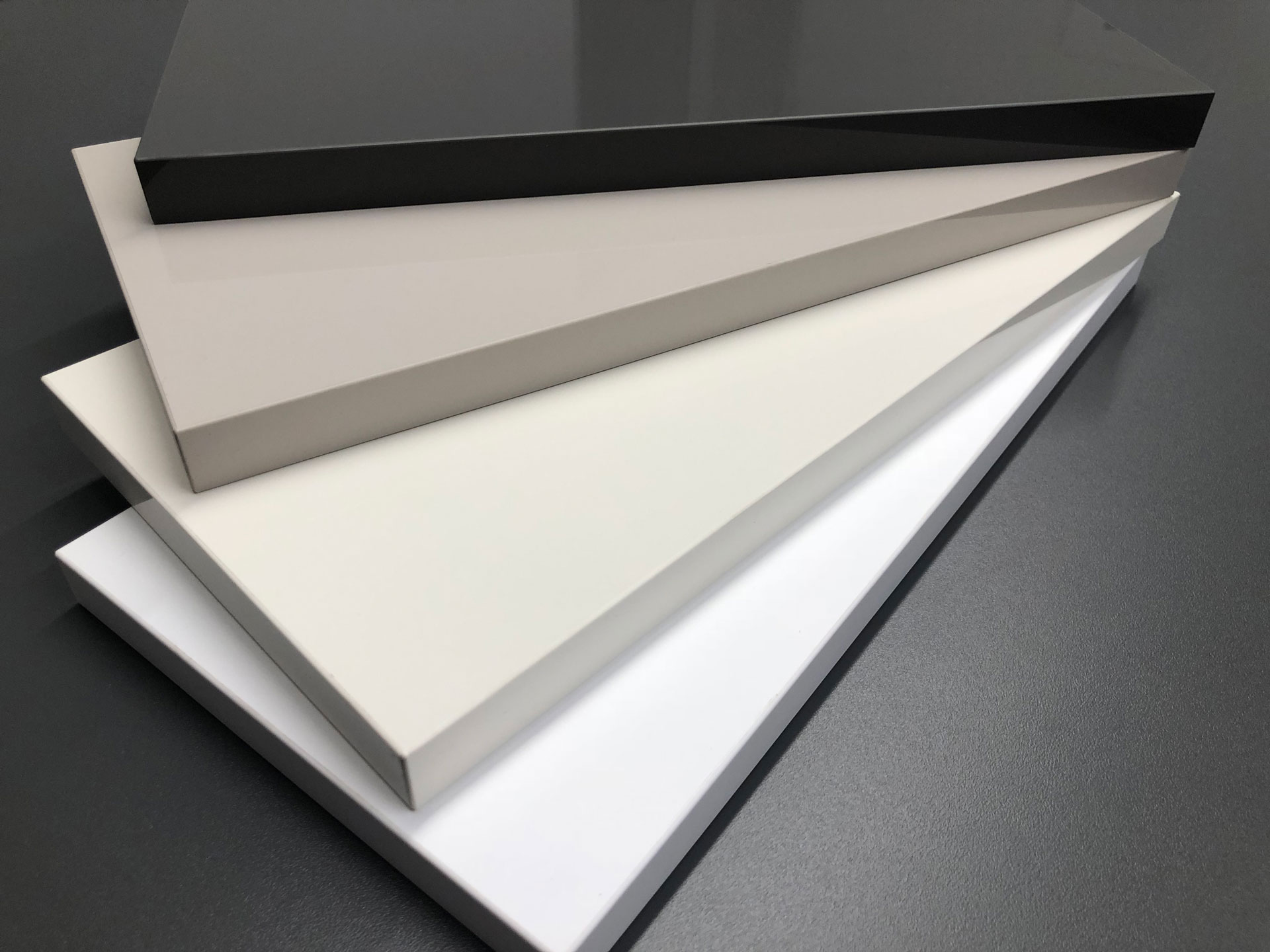
Important product properties
In the development of PUR adhesives for edgebanding, TAKA has focused on the highest quality and excellent product properties, which guarantee process-safe processing and long-lasting bonding. The joint quality depends on a multitude of different factors. The quality requirements of end customers are constantly increasing, because they expect a visually flawless product with appealing and innovative decors. In edgebanding, this includes producing an almost invisible and perfect adhesive joint between the edgeband and the panel side. The ideal is the so-called zero joint, which is invisible to the naked eye between the panel surface and the edgeband material. It has the practical advantage that no dirt settles in this joint during everyday use and it therefore remains invisible. TAKA offers PUR hot-melt adhesives with different colours for this purpose, which can be selected according to the colouring of the materials used in order to avoid colour contrasts between the material and the adhesive. The growing demands of customers also include resistance to wear and tear and knocks on furniture and doors. Therefore, edgebands with material thicknesses of up to 3mm are used to protect the panel edges. For this reason, the adhesive used in processing must have outstanding initial adhesion in order to counteract the material memory of the stiff edgebands and to bond them successfully and permanently to the panel side. It is also important that the reactive PUR adhesive does not cross-link prematurely in the glue pot. This leads to increased viscosity in the initial stage and subsequently to skin formation, which can clog the glue pot as well as the application head. Taka adhesives are characterised by excellent stability in the glue pot, so that the formation of an adhesive skin on the surface is avoided even during temporary production stops or low adhesive consumption. For process-reliable and clean processing of the hotmelt adhesive during edge banding, so-called thread formation must also be prevented. Lower-quality adhesives draw adhesive threads between the application head and the panel side, which then contaminate the edgebanding unit and the processed panel with adhesive residue and thus significantly impair the quality of the end product.
Softforming
In modern furniture design, new shapes and decors are constantly being developed that place new demands on production processes. One trend for doors, fronts and drawers is so-called softforming. In this process, edge bands are glued to moulded panel or profile sides, resulting in new and modern shapes, such as different profile forms (L-profile, S-profile, U-profile, etc.). Handleless drawer and kitchen fronts (J-pull) are particularly popular.
Label-free PUR hot-melt adhesives
Besides the traditional PUR adhesives for edge bonding, TAKA also has a so-called “micro-emission” or “low monomer” adhesive in its range. The content of free monomeric isocyanate in this product is less than 0.1% by weight and is therefore not subject to labelling according to the Ordinance on Hazardous Substances. Therefore, this adhesive is not subject to the restrictions for the safe handling of isocyanates and can be used without additional safety training courses.
